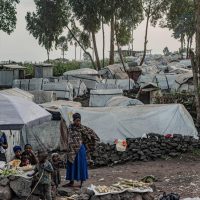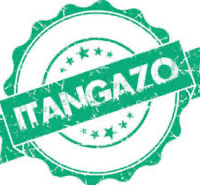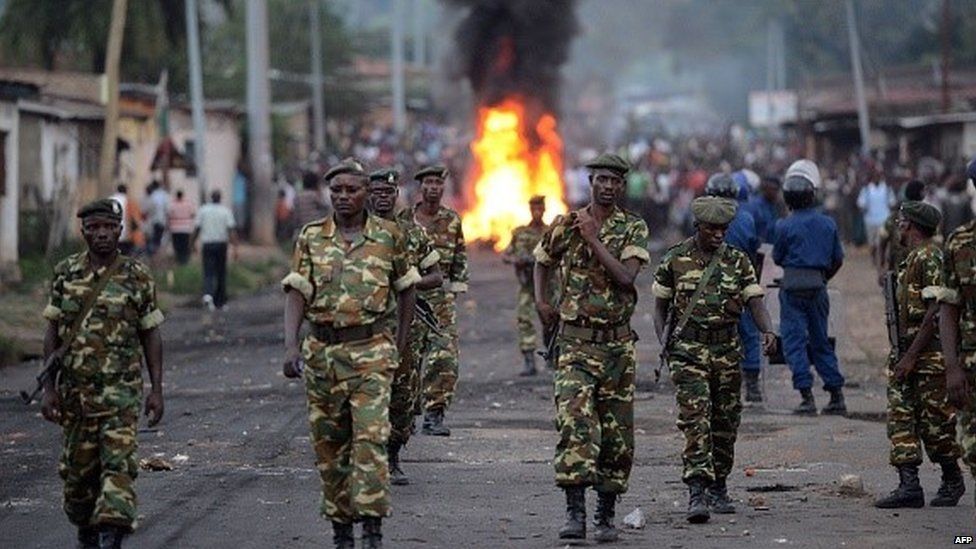Late last week, as the leaders of DRC and Rwanda were meeting in Angola to hammer out a lasting solution to the impasse in eastern DRC, a bizarre communique began circulating on social media.
The communique of FDLR, a terrorist militia group operating in DRC, was congratulating Burundi for deploying its special forces to fight the M23 rebels, another outfit also fighting in eastern DRC.

What first looked like a hoax, increasingly gained legitimacy and raised questions on the future of the Nairobi peace process led by the East African Community (EAC) for which, ironically, Burundi took chairmanship just last week.
In the communique, the FDLR commend the deployment of Burundi’s special forces in DRC ahead of the regional force that is expected to be deployed to deal with armed groups in eastern DRC as directed by the Nairobi process.
What raises the red flag is not the deployment of the Burundian forces but the gut from a terrorist organization to commend the member state’s force deployment and the silence from the government of Burundi to such a daring act from the terrorist organization.
Does Burundi cooperate with the FDLR; a terrorist group they are supposed to be fighting?
Back to Angola, the final communique of the recent joint commission between the DRC and Rwanda was very articulate on the roadmap towards resolving the current state of insecurity on Congolese soil and, clearly did not focus on the issue of M23 as a politically-motivated armed group. Focus was more on the plethora of armed groups that have accounted for the prevailing insecurity and crimes against humanity in eastern DRC, primarily the FDLR, among other groups.
Failure of the FDLR to reckon that it actually features in the groups supposed to be routed by the regional force and daring to heap praise on the deployment of the Burundian forces to DRC and reiterating their support to Burundi, is an act not to be taken lightly. It simply confirms the intelligence reports that have been presented to the joint verification mechanism.
What complicates the matter further is the fact that the FDLR was already working with the Congolese armed forces, in the offensive against M23, a fact corroborated by different sources.
Through the collaboration with the FARDC, the FDLR has developed the confidence to act as an official and customary armed force. A recent UN report indicated that the terror group now controls Virunga National Park and takes all proceeds from the park.
This is a demonstration of the confidence and legitimacy they derive from their co-option into the national army and political processes from time to time which no doubt has led to the continued existence of this genocidal force that is not only a danger to DRC but also to Rwanda.
Threat to Nairobi process
As Burundi takes over the rotational chairmanship of the EAC, the expected result from its leadership from partner states is to promote peace and security, fast track the bloc’s investment strategy and promote the people to people interactions.
Another expectation is to fast track the recommendations of the Nairobi process in as far as the situation in eastern DRC is concerned. One sure way to implement the latter, is to fast track the deployment of the regional force to fight the armed groups that have accounted for the insecurity in eastern DRC. The FDLR should top the list.
However, looking at the freedom and the confidence that the FDLR enjoys to communicate to the government of Burundi and that of the DRC, a question arises. Will the EAC duly fast track the Nairobi process during Burundi’s tenure as EAC Chairman?
The question borrows its roots from the simple fact that Burundi and DRC are on record for collaborating with the FDLR. How then are they going to dare combat their allies?
source:thegreatlakeseye.com










